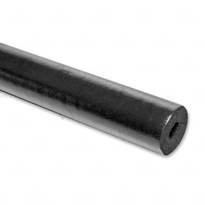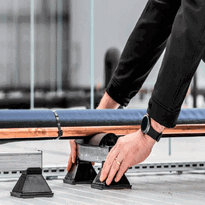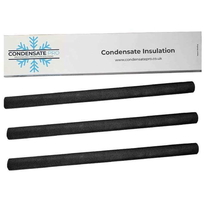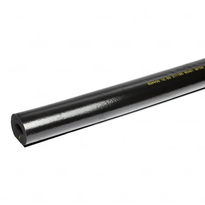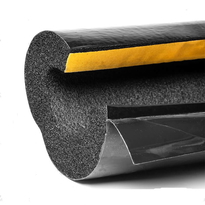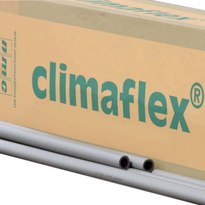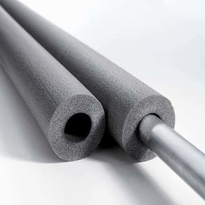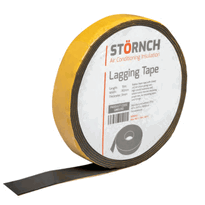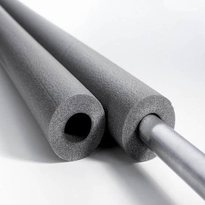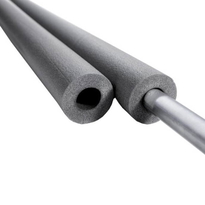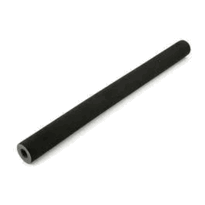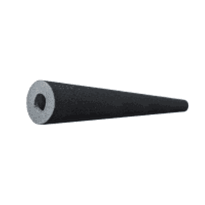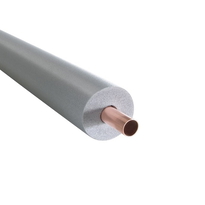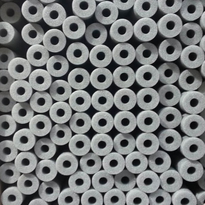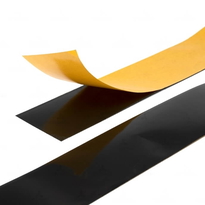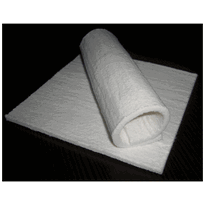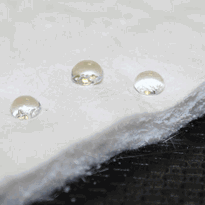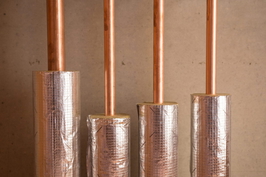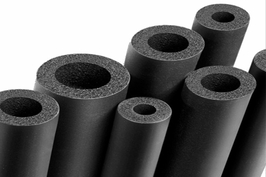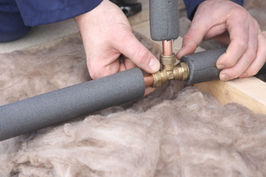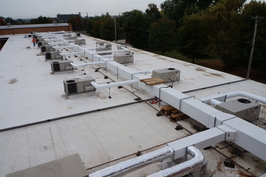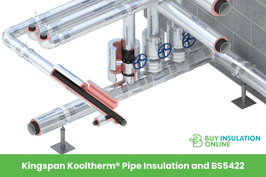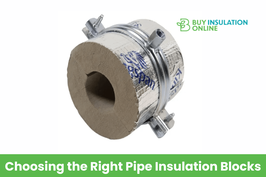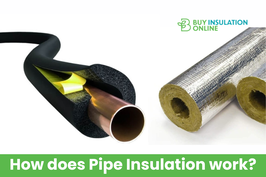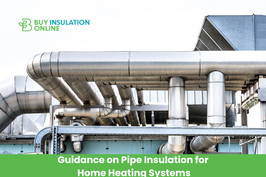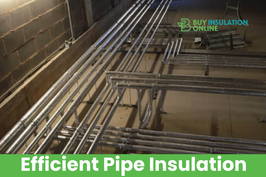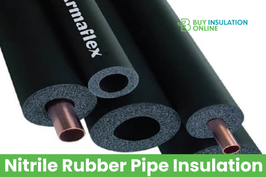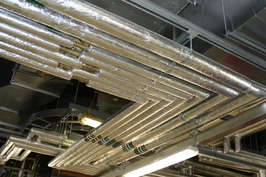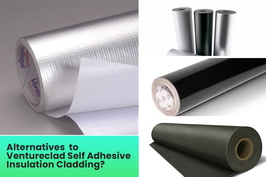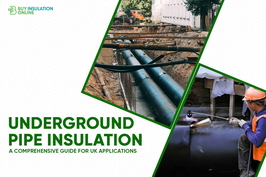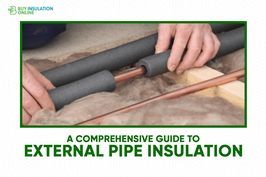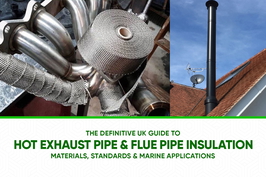Insulating Water Pipes in Exterior Walls
Insulating water pipes within exterior walls is essential for maintaining their efficiency during colder weather. Proper insulation helps to reduce heat loss, minimize the risk of pipes freezing, and ensure a consistent flow of water even in low temperatures.
Selecting appropriate materials is a vital component of effective insulation. Suitable options include foam sleeves, fiberglass batts, or rigid foam panels, all of which offer high thermal resistance and moisture resistance. These materials help to prevent heat transfer and protect the pipes from external environmental factors.
Proper installation is equally important. This involves accurately measuring the length of the pipes and fitting the insulation tightly around each section. Gaps and spaces should be carefully sealed to prevent draughts and thermal bridging. Ensuring continuity of insulation around all wall penetrations and openings, including around pipe fittings and joints, enhances overall effectiveness. Sealing all gaps, including around the pipe penetrations, is critical in maintaining consistent thermal protection.
Using advanced insulating materials with high thermal resistance and moisture resistance can further improve performance. Taking the time to carefully install and seal insulation around pipes within exterior walls can significantly prevent heat loss and protect against freezing, ensuring your plumbing system remains efficient throughout the colder months.
Types of Pipe Insulation Materials Suitable for Exterior Walls
When selecting pipe insulation materials for exterior walls, it's essential to consider properties such as thermal performance, moisture resistance, durability, and fire safety. Proper insulation helps prevent energy loss and minimizes the risk of pipe freezing in cold weather. Polyethylene foam insulation offers high flexibility, lightweight installation, and moisture resistance, making it well-suited for cooling applications and preventing condensation on cold water pipes. Polyurethane and polyisocyanurate insulations deliver excellent thermal resistance. Polyurethane maintains its shape across temperature variations, while polyisocyanurate (PIR) provides superior fire resistance, making it ideal for hot water pipes. Fibreglass insulation, resistant to heat and corrosion, is suitable for hot water pipes and is often combined with vapour barriers to enhance performance. Rubber insulation offers moisture resistance and flexibility, making it suitable for cold water and HVAC pipes. Mineral wool provides high thermal resistance, fireproofing, and sound attenuation, serving a variety of outdoor pipe applications effectively. Additionally, selecting materials with good moisture resistance is vital to prevent water ingress and maintain insulation efficiency over time.
Step-by-Step Process for Installing Pipe Insulation in External Walls
Installing pipe insulation within external walls requires a methodical approach to achieve effective thermal protection, durability, and resistance to moisture. The following steps outline the essential process:
Measurement and Preparation
Begin by accurately measuring the diameter and length of the pipes to select the appropriate sized insulation material. Pipes in exterior walls are particularly vulnerable to freezing, especially those running through unheated spaces. It is also advisable to check whether any existing insulation already provides some protection and upgrade where necessary.
Clean the pipe surfaces thoroughly to ensure optimal adhesion of the insulation.
Mark the lengths on the insulation material to facilitate precise cutting.
Cutting and Fitting
Cut the insulation carefully to match the measured length, paying close attention to bends and fittings.
For sections around corners or valves, cut wedge-shaped segments or make angled cuts to ensure a snug fit without gaps.
Remove any excess or overlaps to maintain a continuous, effective insulation layer.
Securing
Wrap the insulation around the pipes with care, avoiding gaps or compression that could diminish performance.
Secure the insulation in place using suitable tape, ties, or clamps every 1 to 2 meters along the length of the pipe.
This step ensures the insulation remains stable over time, even when subjected to vibrations or temperature changes.
Final Inspection
After installation, inspect the entire length of the insulated pipes.
Check for any gaps, loose sections, or exposed areas.
Seal joints and overlaps with appropriate tape or sealant to prevent moisture ingress and enhance thermal performance.
Also, verify that all pipe penetrations through external walls are properly sealed to maintain the integrity of the building’s thermal envelope.
In addition, it’s beneficial to review building regulations to ensure compliance with insulation standards for external pipework.
Following these steps ensures a professional and reliable installation that maximizes thermal efficiency, minimizes heat loss, and safeguards against moisture problems within external walls.
Proper Air Sealing and Cavity Preparation Techniques
Proper air sealing and cavity preparation around pipes within exterior walls are essential steps to ensure energy efficiency, prevent moisture ingress, and maintain the wall’s structural integrity. Effective sealing begins with closing gaps around the pipe penetration using suitable materials such as caulk or expanding foam, ensuring that holes are no more than 25 millimeters larger than the pipe to minimize air leaks. For larger openings, installing rigid framing members sealed with foam or caulk provides a secure barrier. Insulation should be carefully fitted within the cavity, with fiberglass batts split and positioned around pipes or rigid foam pieces sealed to framing to ensure continuous coverage. Securing insulation with appropriate fasteners prevents slippage, while selecting compatible, fire-rated sealing materials and maintaining safety standards ensures long-term performance. Sealant compatibility with building materials improves durability and performance. Regular inspections and maintenance are vital to guarantee the sustained effectiveness of the air seals and insulation, which also helps prevent interstitial condensation and moisture buildup, contributing to an energy-efficient and moisture-resistant building envelope.
Benefits of Insulating and Protecting Water Pipes in Cold Climates
Insulating and protecting water pipes in cold climates offers essential benefits that help safeguard residential plumbing systems against the risks associated with low temperatures. Proper insulation acts as a thermal barrier, preventing water within the pipes from freezing and expanding. This reduces the likelihood of pipe bursts, which can cause significant structural damage and lead to costly repairs.
Unprotected pipes, particularly those exposed on exterior walls or in unheated areas, are especially vulnerable to freezing. Insulation helps maintain the flow of water by keeping temperatures stable, thus lowering the chances of pipe failure. Effective insulation also improves overall temperature regulation inside the home, reducing strain on heating systems and contributing to a more comfortable living environment.
Additionally, by reducing heat loss, insulation contributes to increased energy efficiency. Hot water remains warmer for longer, which can decrease energy consumption and reduce household energy bills by approximately 3-5%.
Furthermore, well-insulated pipes tend to have a longer lifespan, experience fewer maintenance issues, and help enhance the overall durability of a home during the winter months. This preventative approach not only minimises the risk of damage but also provides peace of mind during periods of extreme cold.
Common Challenges and Best Practices for Exterior Pipe Insulation
Water pipes installed within exterior walls face numerous challenges that can compromise their insulation effectiveness and increase the risk of freezing. The proximity to colder outdoor air exposes pipes to lower temperatures, making insulation more difficult. Cold external conditions can cause pipes to freeze more easily. Limited wall cavity space complicates installing and securing insulation materials properly, risking gaps that allow cold air infiltration. Air leaks around penetrations or wall openings further reduce insulation performance by facilitating cold drafts. Inconsistent insulation or airtightness in exterior walls can create cold spots, heightening freeze risk, especially in unheated zones such as garages or crawl spaces connected to exterior walls. Proper insulation practices include avoiding placing pipes in such zones if possible, sealing all penetrations with sealant or foam, and employing appropriate materials—such as fiberglass batts or rigid foam panels—to ensure continuous thermal protection. Employing advanced insulation materials can further improve heat retention and reduce freeze risk. Proper installation techniques are critical to prevent cold airflow and maintain insulation integrity.
Conclusion
Insulating water pipes within exterior walls is crucial to prevent freezing, reduce heat loss, and ensure the reliability of your plumbing system. Selecting suitable materials, installing them correctly, and sealing cavities effectively are vital steps that enhance performance and durability. Addressing common challenges through careful preparation helps minimize the risk of pipe damage or failure in cold weather conditions. Implementing these best practices results in a robust plumbing setup that operates efficiently, lowering maintenance requirements and avoiding costly repairs caused by frozen or burst pipes.
